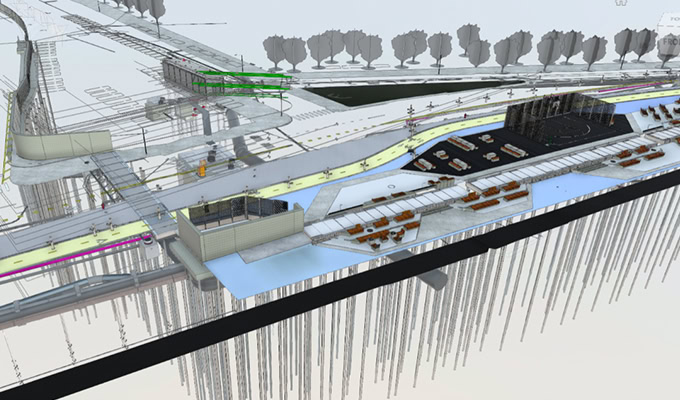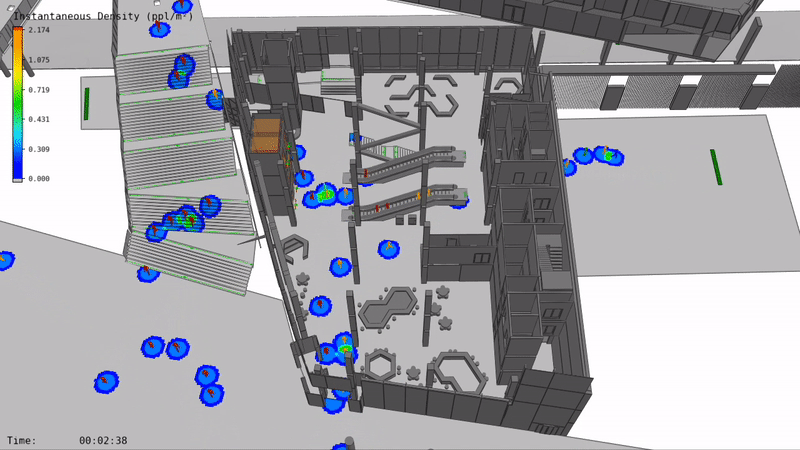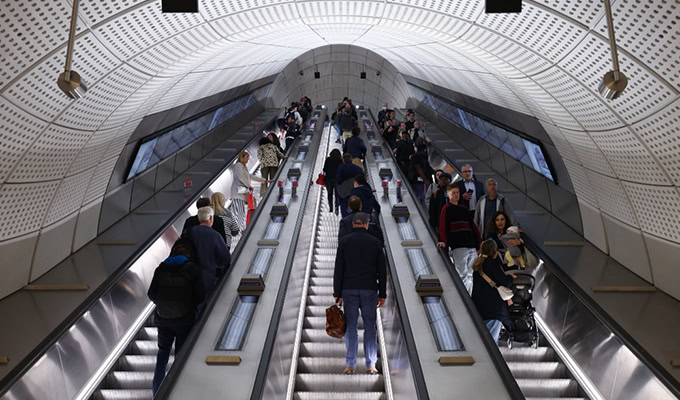Sustainability in Infrastructure: A BIM-based Alliance
Sustainability in infrastructure is one of the most important topics today. According to the United Nations Environment Programme (UNEP), the construction and operation of buildings consume around 37% of global energy and contribute a third of CO2 emissions. This is why the greatest challenge in the AECO sector is the need to be more sustainable.
The adoption of BIM technologies is also emerging as a fundamental pillar to mitigate the environmental impact. To delve deeper into this synergy, we spoke with Rodrigo Fernandes, Bentley’s Director of Sustainability, who shared a holistic vision of how technology is redefining the future of architecture and engineering.
From “Nice-to-Have” to a Critical Strategy
Historically, sustainability in construction was perceived as an “extra” or a “nice-to-have”. Today, it is known and has become a critical strategy and a financial priority. Fernandes explains that Bentley views sustainability as a central aspect in its developments, combining three vectors: social, environmental, and economic. The objective is not to sacrifice one area for another, but to find solutions that balance the three pillars.
This approach translates into solutions that allow organizations to reduce costs and time, while increasing safety, decreasing physical risks, reducing the carbon footprint, and extending the useful life of assets. It also addresses a less-discussed aspect: the “social license to operate” by facilitating project visualization for communities to understand and approve it. In essence, it’s about doing more with less, but in a smarter and more responsible way.
A Virtual Testing Ground
The central piece of this transformation is the digital twin, which allows for simulation and analysis before construction. As the director of sustainability explains, you can “build as many times as you want in the virtual world before building in the physical world”. This allows for optimizing the design, reducing materials, and minimizing the impact, such as the amount of soil excavated in infrastructure projects.

A specific example is a carbon analysis tool that allows engineers to design a project and immediately see the associated carbon impact. If the design is changed, the tool shows the new impact, allowing for real-time optimization of the carbon footprint during the design phase. This not only works with Bentley models but can also add information from any BIM software, consolidating everything in one place to generate a carbon report.
In large-scale infrastructure projects, digital twin simulation is vital. In the United Kingdom, a railway project used the GeoBIM tool to better understand the subsoil, which optimized excavation and allowed for the reuse of the land, reducing costs and environmental impact.
Tackling Climate Challenges
Existing infrastructure often faces increasing risks such as floods, droughts, and extreme weather events. Digital twins and associated technologies offer a solution through the aggregation of real-time data. This can be obtained through sensors, remote sensing, and artificial intelligence models to get “actionable insights” on the state of the infrastructure. This allows for anticipating problems like pipe leaks or structural failures.
For example, in the case of dams, digital twins can be used to detect cracks and structural problems with the help of drones and sensors. In the water sector, one of the most important infrastructure sectors, utility companies use machine learning and AI with sensor data to detect leaks and optimize pump operation, which reduces water loss, energy consumption, and the carbon footprint.
The technology also applies to the planning of new, climate-resilient infrastructure. In New York, for example, the floodgates being built in the city were designed and sized using Bentley’s flood simulations. Similarly, in Lisbon, a tunnel was built to divert rainwater from the city center to the river, and its design and sizing were carried out with the same simulation tools.
Mobility and Communication
Digitalization extends to mobility and urban planning. Cities are increasingly using software for data design and analysis, such as Bentley’s, to simulate and plan transportation. Examples include the promotion of micromobility in Abu Dhabi and the optimization of pedestrian flow in Istanbul metro stations to improve user experience and capacity.

Finally, Fernandes highlights a crucial aspect: visualization. It is not just about collecting data, but about making it understandable for all stakeholders, from decision-makers to the community. 3D visualization tools and the digital twin facilitate communication and engagement. An example of this is when a 3D-printed model of a bridge was used so that visually impaired people could understand the project and offer suggestions during the design phase.
BIM provides the tools and data, while sustainability offers the purpose and vision. Together, they form the basis of the new era in construction where efficiency, resilience, and environmental responsibility are not options, but essential requirements for the future of our infrastructure.
Fuente: Blog de BIM



